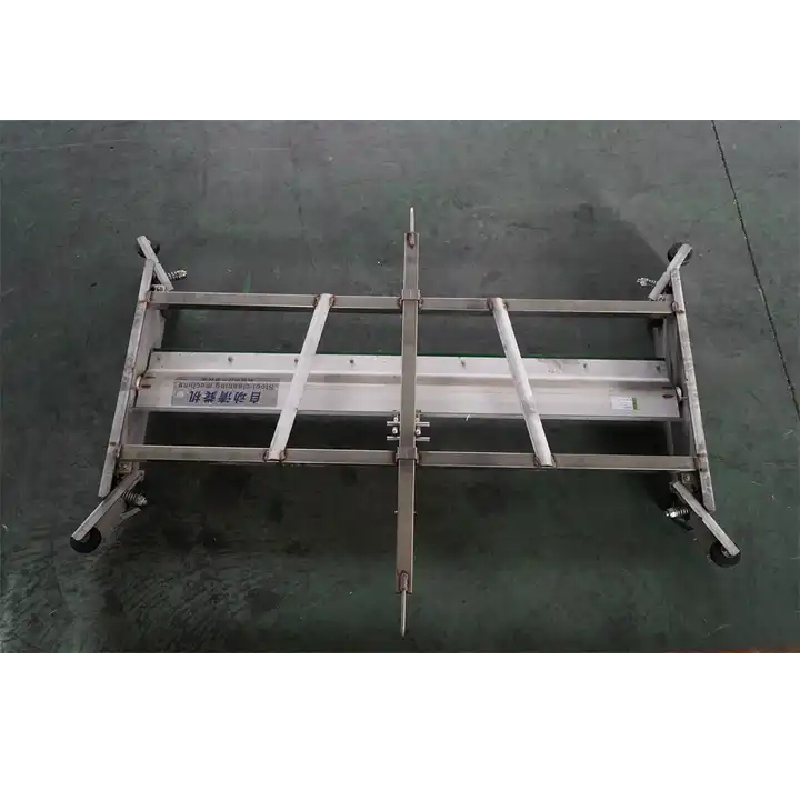chicken scalders
Nov . 22, 2024 13:16 Back to list
chicken scalders
The Importance of Chicken Scalders in Poultry Processing
The poultry industry plays a vital role in global food production, catering to billions of people every day. Among the various processes involved in chicken processing, scalding is a crucial step that significantly affects the quality and safety of chicken meat. Chicken scalders are specialized equipment used in this process to ensure efficient feather removal and prepare the birds for further processing.
Scalding is the process of immersing chickens in hot water, typically ranging from 140°F to 160°F (60°C to 71°C), which loosens the feathers and makes them easier to remove. The effectiveness of this operation greatly influences the overall efficiency of the processing line and the quality of the final product. Chicken scalders come in various designs, including batch scalders and continuous flow systems, each tailored to meet specific production needs.
One of the primary benefits of using chicken scalders is the improvement in feather detachment. When chickens are scalded properly, the heat denatures the proteins in the skin and softens the follicles, allowing for a cleaner and more efficient plucking process. This not only enhances the visual appeal of the meat but also reduces the chances of contaminants, which is vital for ensuring food safety.
chicken scalders

Moreover, modern chicken scalders are equipped with advanced temperature control systems that ensure consistent heating throughout the process
. This precision is critical, as insufficient scalding can lead to incomplete feather removal, while excessive heat can adversely affect meat quality, causing issues such as a rubbery texture or loss of skin integrity. Thus, maintaining the right balance during scalding is essential for producing high-quality poultry products.Environmental considerations are also becoming increasingly relevant in the poultry industry, and chicken scalders are evolving to meet these demands. Innovations in scalding technology aim to reduce water and energy consumption, promoting sustainability in poultry processing operations. For instance, some modern scalders use recirculated water systems, minimizing waste and conserving resources, aligning with the industry's shift towards more eco-friendly practices.
Furthermore, the integration of automation and digital monitoring technologies is revolutionizing the scalding process. By utilizing sensors and data analytics, processors can ensure optimal scalding conditions, track performance metrics, and implement adjustments in real-time. This not only enhances the efficiency of the operation but also contributes to higher safety standards by ensuring that health regulations are consistently met.
In conclusion, chicken scalders are a fundamental component of poultry processing that significantly impacts the quality and safety of chicken meat. As the industry continues to evolve, embracing innovations in technology and sustainable practices, the role of scalders will remain crucial in meeting the demands of consumers while promoting efficiency and safety in food production. Through continuous improvement and adaptation, chicken scalders will help ensure that high-quality poultry products are accessible to consumers worldwide.
-
High Performance Exhaust Fan – Efficient Ventilation Solutions for Home
NewsJun.10,2025
-
High-Quality Gestation Pen for Sows Durable Mobile Pig Pen & Simple Pig Pen Solutions
NewsJun.10,2025
-
High Quality Rabbit Cage Double Tier Designs & Welded Wire Mesh Supplier
NewsJun.10,2025
-
Floating Fish Feed Machine - High Efficiency Floating Fish Feed Extruder for Small Scale Production
NewsJun.10,2025
-
Premium Poultry Housing Solutions Mobile & Commercial Free Range Options
NewsJun.10,2025
-
Industrial FRP Fans Corrosion-Resistant Blades & Centrifugal Systems
NewsJun.09,2025






